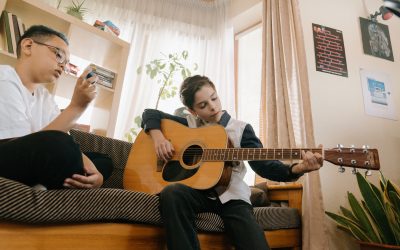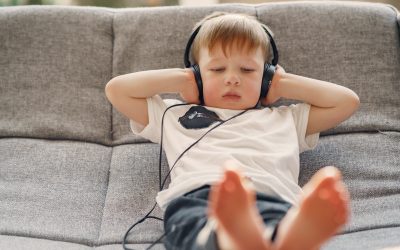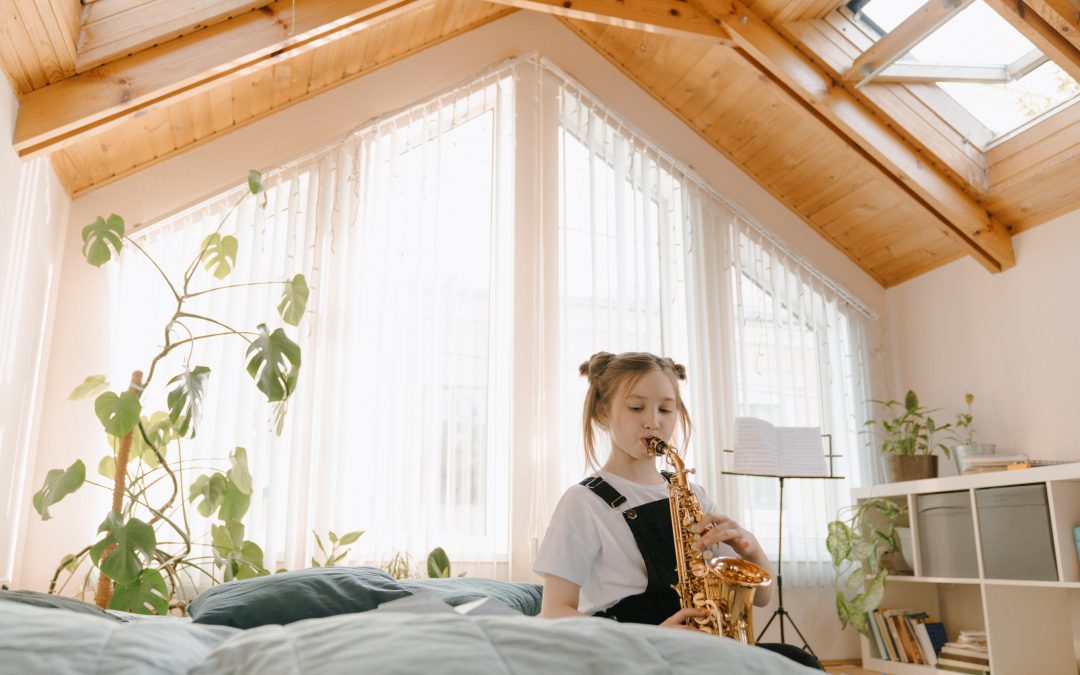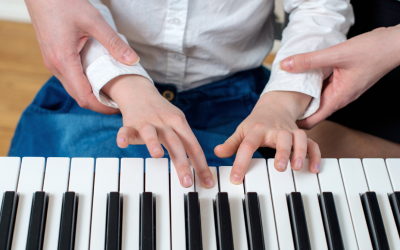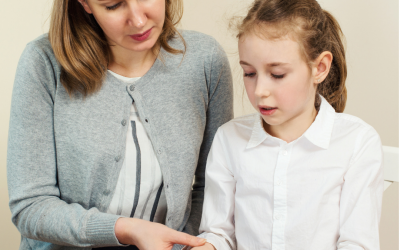facebooktwitterpinterestinstagramyoutubeDo you have a child that is great at creating his or her own music? Even if you don’t think that they he/she is great at it, know that all great composers started somewhere and your child may have the potential to be one as...
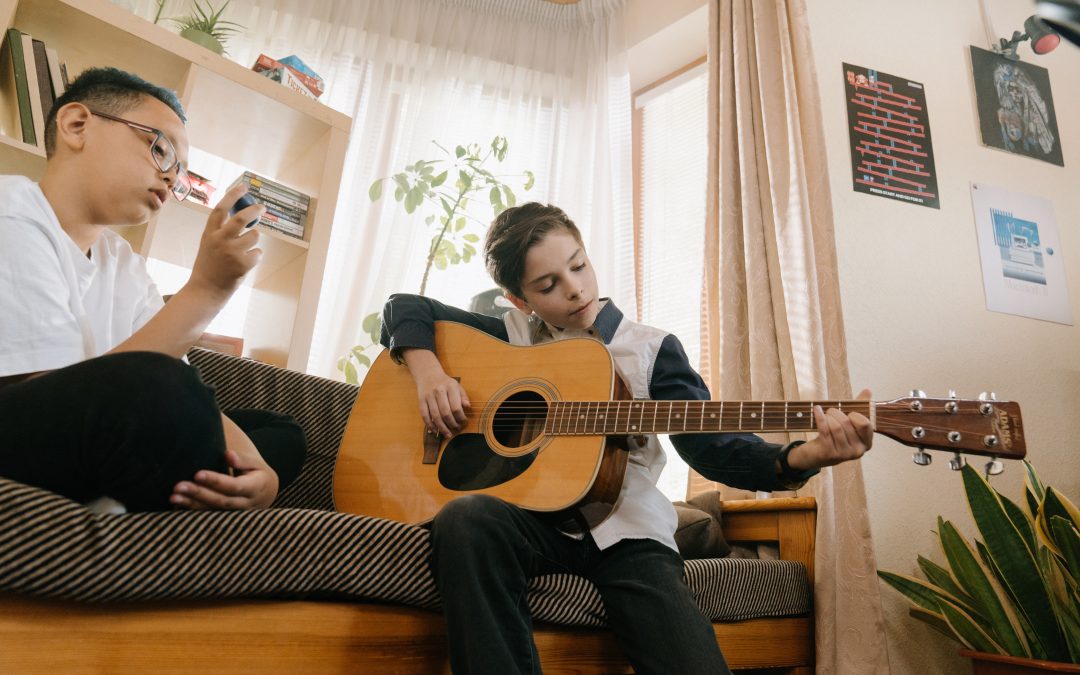
4 Absolute ‘Must Know’ Ways To Help Your Budding Composer Excel In The Homeschool
4 Absolute ‘Must Know’ Ways To Help Your Budding Composer Excel In The Homeschool
Do you have a child that is great at creating his or her own music?
Even if you don’t think that they he/she is great at it, know that all great composers started somewhere and your child may have the potential to be one as well, even if he may just seem to be puttering around with musical instruments at this time.
If he or she does have potential, then what should you do about it?
And how should you go about helping him/her?
In this blog post, I will give you four easy strategies that you can incorporate to your homeschool routine right now and help your budding composer. Now remember, you don’t have to use all these strategies, just one or two will be sufficient.
So let’s get started.
Through The Study Of Music Theory
Learning music theory will help your child to analyse music written by the great composers of all time, and this in turn will help your child to learn about what works and what doesn’t work in music.
Also learning music theory will help your child to put his or her compositions on paper, thus further enabling him or her to share the creations with the world.
Learning Rhythm And Beat
Simply learning rhythm and beat alone can help your budding composer and here’s how.
Creating new beats are an important component of composing and therefore learning about variations in beat, by listening to different beats in our own environment is a great starting point.
Want to know more about how you can teach your child rhythm and beat in the homeschool? Then read my post 4 ‘Super Easy’ Ways To Teach Rhythm & Beat In The Homeschool.
Listening And Appreciating Music
Simply listening to different genres of music and reading about composers, and learning about the eras in music and instruments of the orchestra, are other great ways in which kids learn about everything related to music.
This in turn will help them to focus on different styles and techniques, which will then no doubt not only influence their creations but also help to ‘fine tune’ and ‘polish’ their compositions, further.
Don’t know how to incorporate music appreciation and history of music lessons into your homeschool routine? Then maybe these posts that I have written in the past can help you 4 ‘Unimaginably’ Easy Ways To Incorporate Composer Studies In The Homeschool and 6 Ways To Incorporate Instrument Studies In Your Homeschool.
Singing
This is another great way to help your budding composer in the homeschool.
Singing helps kids to focus on so many different aspects of music like tone, intonation, emphasis, dynamics, tempo, pitch and so much more, thus unknowingly training their musical ear and thus further fine tuning their ability to create.
Even if you have no formal training in music, you will still be able to help to child become a better composer, by simply helping him or her sing.
Now, that you’ve been introduced to some of the easiest strategies possible to help your child continue to create music, which one will you implement first in your homeschool?

Karen Cadera
Founder/Creator
Mom, Teacher, Minimalist, Zero Waste Enthusiast, Multi Pod.
My daughter loved the games, but there were also worksheets and videos. The weekly lesson plans were complete, and I never questioned what I should be doing next.
Articles That Maybe Of Interest To You
4 Absolute ‘Must Know’ Ways To Help Your Budding Composer Excel In The Homeschool
3 ‘Shockingly’ Simple Ways To Teach Children To Appreciate Different Genres Of Music In The Homeschool
facebooktwitterpinterestinstagramyoutubeI guess you are surprised to know that there are a variety of very simple ways in which, you can teach your kids to appreciate different genres of music in the homeschool. Yes, even if you have no background in music and no...
Help! I’m Overwhelmed – 7 ‘Tightly Held’ Secrets Of Well Organized Homeschool Moms
facebooktwitterpinterestinstagramyoutubeSee below for a Free Printable Pack to go with the post.Are you just like me? In the past I used to follow tons of homeschool bloggers and downloaded hundreds of printables, purchased over two dozen courses for my kids and was...


